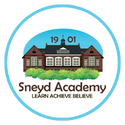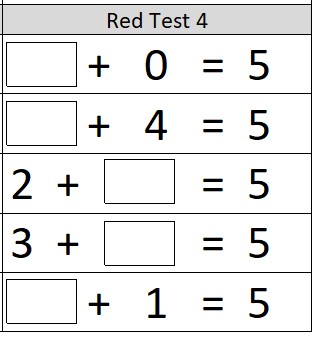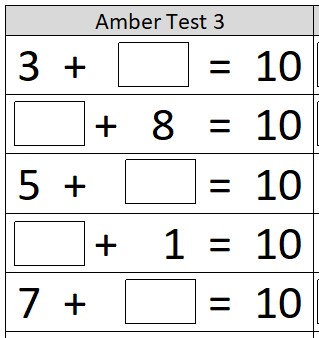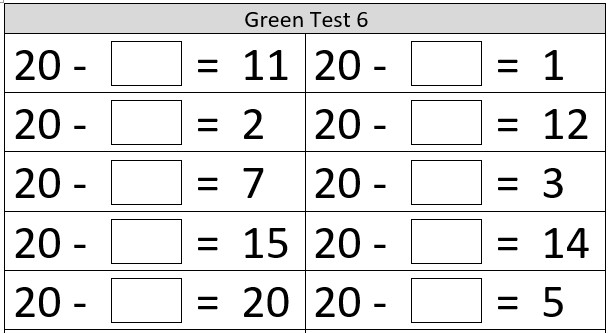Year 1 Mathematics
Curriculum Overview
Mathematics in Year 1 is all about supporting children to develop number sense and gain a secure understanding of the number system. There is a greater focus on place value and simple calculation than any other year group and it is vital that children acquire these skills and understanding at an early age. The curriculum is progressive and focusses on secure calculation within numbers to 20 but also counting and ordering numbers as far as 100. In Year 1 children are heavily reliant on practical resources and pictorial images to support their growing understanding of mathematical concepts. (See our Resources Link for more information.)
Below are the National Curriculum objectives which are covered in Year 1.
Year 1 Statutory Requirements |
NUMBER – NUMBER & PLACE VALUE
|
NUMBER – ADDITION & SUBTRACTION
|
NUMBER – MULTIPLICATION & DIVISION
|
NUMBER – FRACTIONS
|
MEASUREMENT
|
GEOMETRY – PROPERTIES OF SHAPES
|
GEOMETRY – POSITION & DIRECTION
|
White Rose
As an academy we structure the delivery of the national curriculum in the order set out by the White Rose and we use a great many of their resources such as the ‘small steps’ to support this delivery. The timetable shows the order in which units of work are taught. Please click here.
Brilliant Bonds
The Brilliant Bond system is used in Year 1 to support children in learning number bonds to 5, 10 and 20. Through use of practical resources, visual images, a range of taught techniques and regular rehearsal, children in Year 1 are expected to know the various bonds which make each number. (eg 1 + 9 2 + 8 3 + 7) They also learn the commutative law – that addition can be done in any order. (eg 2 + 8 is the same as 8 + 2).
Brilliant Bonds are tested each week in Big Maths sessions. Examples of tests are below.




